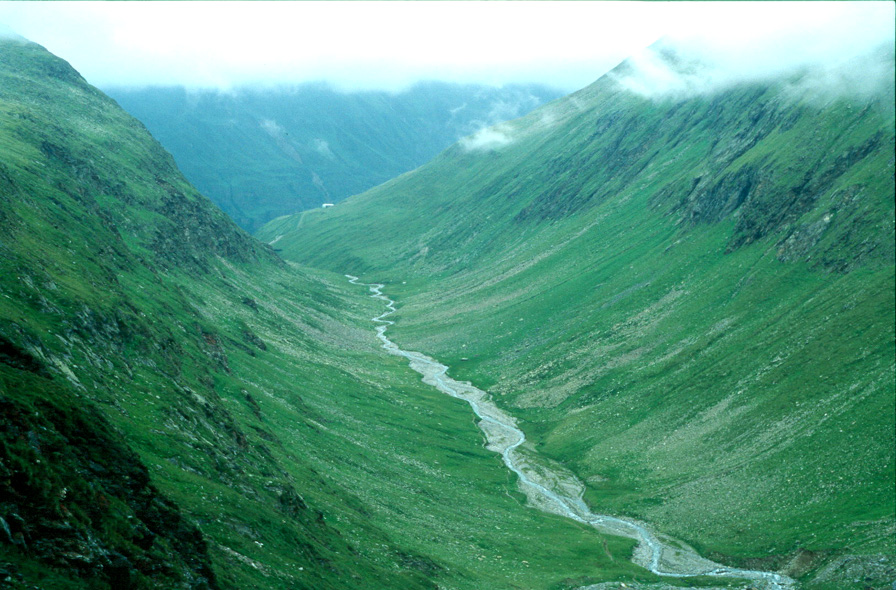 |  PAVED- A Software suite for the analysis of epigenome-derived next generation sequencing data |  |
MAIN INDEX ANALYTICAL PIPELINE CONTACT SYSTEM REQUIREMENTS PAVED Package Example Data |
Find Fragment Depth The findFragmentDepth utility
takes a bam file and finds coverage at each base based on the fragments. Each
fragment is assumed to cover the region ranging from the begining of the read
on the left to the end of the paired read on the right including the segment
between the reads not covered by insert size. If you are dealing with single
ended reads, findReadDepth utility is more appropriate. Prerequisites 1) Filter the sorted BAM file to
include only those fragments which are within in a certain insert size using
the utility filterBAMbyInsertSize How
to run it? Type java -jar PAVED.jar findFragmentDepth -h to
see the list of options
Sample
output The sample
output of the program is as follows: |
